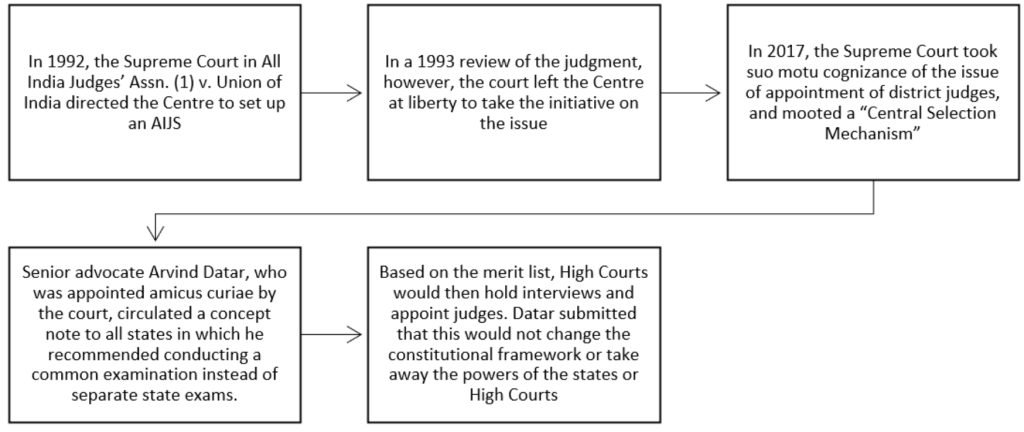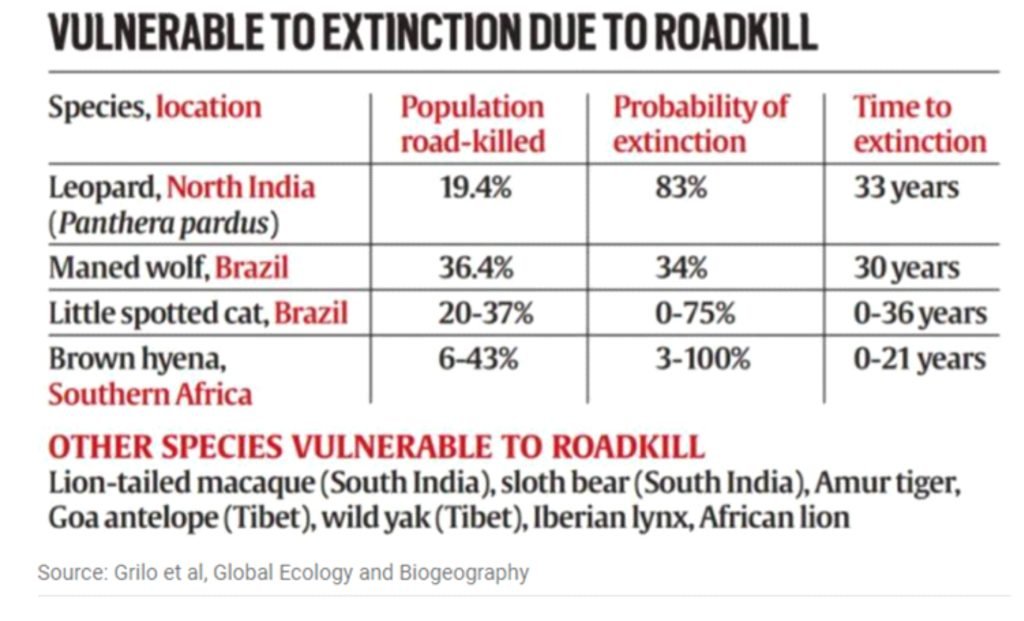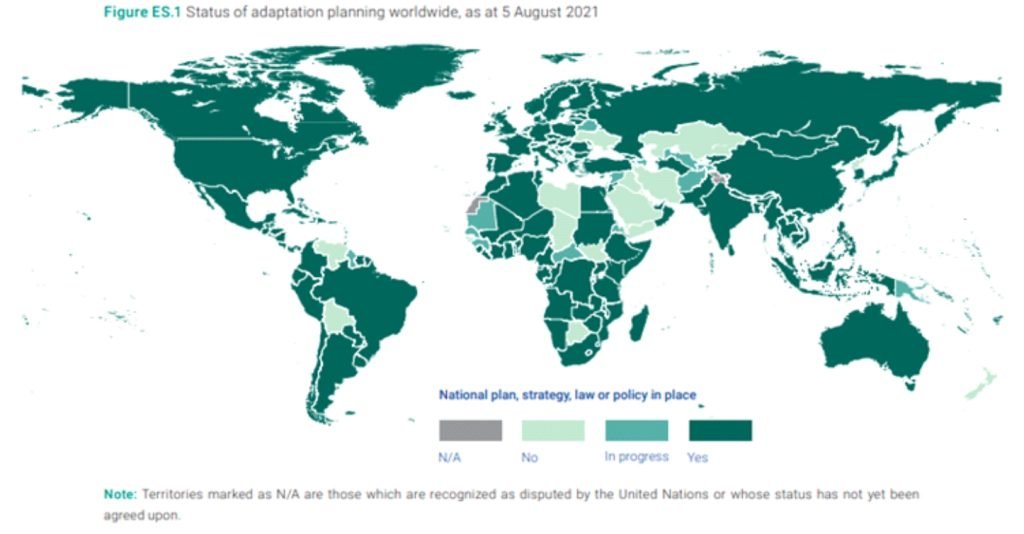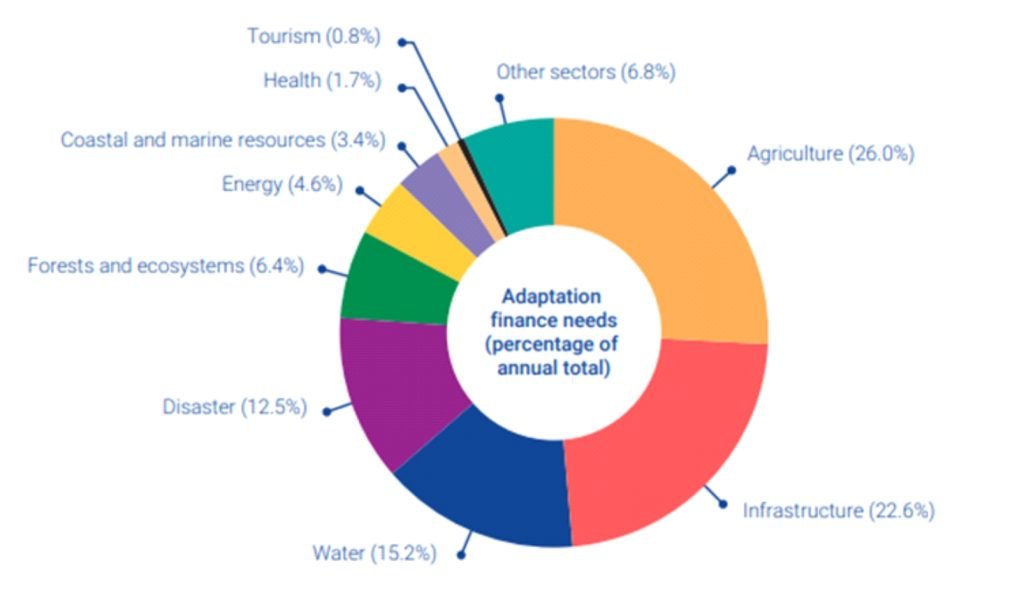Lower Judiciary & Centralised Recruitment Debate
Indian Express
GS 2: Polity and Governance
Context:
- The central government is preparing to give a fresh push to the establishment of an All India Judicial Service (AIJS) on the lines of the central civil services.
- The idea of centralised recruitment of judges has been debated in legal circles for decades, and remains contentious.
About:
- The AIJS is a reform push to centralise the recruitment of judges at the level of additional district judges and district judges for all states.
- In the same way that the Union Public Service Commission conducts a central recruitment process and assigns successful candidates to cadres, judges of the lower judiciary are proposed to be recruited centrally and assigned to states.
Recruitment of district judges:
- Articles 233 and 234 of the Constitution of India deal with the appointment of district judges, and place it in the domain of the states.
- The selection process is conducted by the State Public Service Commissions and the concerned High Court, since High Courts exercise jurisdiction over the subordinate judiciary in the state.
- Panels of High Court judges interview candidates after the exam and select them for appointment.
- All judges of the lower judiciary up to the level of district judge are selected through the Provincial Civil Services (Judicial) exam, which is commonly referred to as the judicial services exam.
Why has the AIJS been proposed?
- The idea of a centralised judicial service was first mooted in the Law Commission’s 1958 ‘Report on Reforms on Judicial Administration’.
- The idea was to ensure an efficient subordinate judiciary, to address structural issues such as varying pay and remuneration across states, to fill vacancies faster, and to ensure standard training across states.
- A statutory or constitutional body such as the UPSC to conduct a standard, centralised exam to recruit and train judges was discussed.
- The idea was proposed again in the Law Commission Report of 1978, which discussed delays and arrears of cases in the lower courts.
- In 2006, the Parliamentary Standing Committee on Personnel, Public Grievances, Law and Justice in its 15th Report backed the idea of a pan-Indian judicial service, and also prepared a draft Bill.
Judiciary’s view:

Opposition to the AIJS:
- A centralised recruitment process is seen as an affront to federalism and an encroachment on the powers of states granted by the Constitution.
- This is the main contention of several states, which have also argued that central recruitment would not be able to address the unique concerns that individual states may have.
- Language and representation, for example, are key concerns highlighted by states. Judicial business is conducted in regional languages, which could be affected by central recruitment.
- Also, reservations based on caste, and even for rural candidates or linguistic minorities in the state, could be diluted in a central test, it has been argued.
- The opposition is also based on the constitutional concept of the separation of powers. A central test could give the executive a foot in the door for the appointment of district judges, and dilute the say that High Courts have in the process.
- Additionally, legal experts have argued that the creation of AIJS will not address the structural issues plaguing the lower judiciary.
- The issue of different scales of pay and remuneration has been addressed by the Supreme Court in the 1993 All India Judges Association case by bringing in uniformity across states.
- Experts argue that increasing pay across the board and ensuring that a fraction of High Court judges are picked from the lower judiciary, may help better than a central exam to attract quality talent.
Stand of government:
- The government has targeted the reform of lower judiciary in its effort to improve India’s Ease of Doing Business ranking, as efficient dispute resolution is one of the key indices in determining the rank.
- The AIJS is a step in the direction of ensuring an efficient lower judiciary.
- The government has countered the opposition by states, saying that if a central mechanism can work for administrative services — IAS officers learn the language required for their cadre — it can work for judicial services too.
Leopards in North India
Indian Express
GS 3: Environment and Conservation
Context:
- The leopard (Panthera pardus) faces an 83% increased risk of extinction in North India due to roadkill, according to a new international study that quantifies the threat posed by roads to the survival of animal populations around the world.
- The study has been published in the journal Global Ecology and Biogeography.
About:
- The leopard population of North India is at highest risk among four animal populations identified as being the most vulnerable to extinction in the next 50 years if observed roadkill levels persist.
- It is followed by the maned wolf and the little spotted cat, both of Brazil, and the brown hyena of southern Africa.
- At an 83% increased risk, the study estimates the time to the North Indian leopard population’s extinction at 33 years.

- Other populations found highly vulnerable include the lion-tailed macaque (Macaca silenus) and sloth bear (Melursus ursinus) in South India.
- Using existing roadkill data for 392 mammal species on six continents, the researchers made their calculations based on population density, roadkill rates, sexual maturity age, litter size etc.
- For the North Indian leopard population, the study site covered Uttarakhand’s Rajaji National Park and Haridwar Conservation area. If at least 20% of the population has been killed by roadkill, the risk of local extinction can increase by 10%.
- Results of this study have implications for mammalian conservation and road mitigation worldwide. This analyses bring attention to Sub-Saharan Africa and south-eastern Asia as regions where roads can lead to loss of mammalian biodiversity and thus, areas where future road development and road mitigation need to be carefully considered.
- The International Union for Conservation of Nature (IUCN) recognises roadkill as a threat to 10 mammalian species, but the study notes that these were not among those found most vulnerable by the researchers.
Climate Risks
The Hindu
GS 3: Environment and Conservation
Context:
- ‘The Adaptation Gap Report (AGR) 2021: The Gathering Storm’ released by the United Nations Environment Programme (UNEP) during the ongoing COP26 at Glasgow said at the current 1.1°C warming, the world has witnessed climate-related devastation in 2021 ranging from floods in Europe and China, heatwaves in Pacific North West, wildfires in Greece and floods and monsoon variabilities in India.
About:
- If the world limits warming to 1.5°C, many climate risks remain and will be irreversible.
- The gap between costs of adaptation and the current financial flow is widening.
- The report found that the costs of adaptation are likely in the higher end of an estimated $140-300 billion per year by 2030 and $280-500 billion per year by 2050 for developing countries only.
- Climate finance flowing to developing countries for mitigation and adaptation planning and implementation reached $79.6 billion in 2019. Overall, estimated adaptation costs in developing countries are five to 10 times greater than current public adaptation finance flows, and the gap is widening.
Steps taken:
- Early evidence suggests that National Adaptation Plan development processes have been disrupted by COVID-19, progress is being made on national adaptation planning agendas.
- Around 79% of countries have adopted at least one national-level adaptation planning instrument, such as a plan, strategy, policy or law. This is an increase of 7% since 2020.
- 9% of countries that do not have such an instrument in place are in the process of developing one.
- At least 65% of the countries have one or more sectoral plans in place, and at least 26% have one or more sub-national planning instruments.

Way ahead:
- The report calls for urgent efforts to increase the financing and implementation of actions designed to adapt to the growing impacts of climate change.
- It is said that $16.7 trillion of fiscal stimulus has been deployed around the globe, but only a small portion of this funding has targeted adaptation.
- Fewer than one-third of 66 countries studied had explicitly funded COVID-19 measures to address climate risks as of June 2021. At the same time, the heightened cost of servicing debt, combined with decreased government revenues, may hamper future government spending on adaptation, particularly in developing countries.
- The UNEP report found that the opportunity to use the fiscal recovery from the COVID-19 pandemic to prioritise green economic growth that also helps nations adapt to climate impacts such as droughts, storms and wildfire is largely being missed.
- The world needs to scale-up public adaptation finance through direct investment and by overcoming barriers to private sector involvement.
- More and stronger implementation of adaptation actions is needed to avoid falling behind on managing climate risks, particularly in developing countries.
- Governments should use the fiscal recovery from the pandemic to prioritise interventions that achieve both economic growth and climate change resilience.
- They should set up integrated risk management approaches and establish flexible disaster finance frameworks.
- Advanced economies should also help developing countries to free up fiscal space for green and resilient COVID-19 recovery efforts through concessional finance and substantive debt relief.


